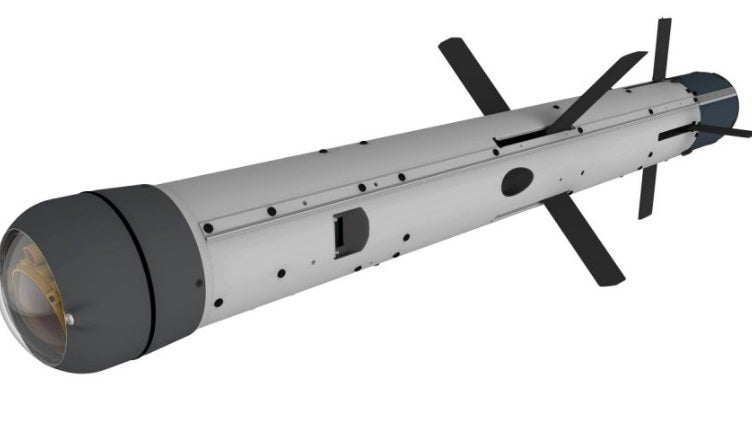Australian Army Confirms Spike ATGM for Dismounted Role
Rafael Advanced Defense Systems have won the Australian Army’s Long Range Direct Fire Support Weapon (LRDFSW) requirement under Project LAND 159 (Lethality Systems) with their Spike LR2 5th generation anti-tank guided missile (ATGM). The Australian Army is currently equipped with the FGM-148 Javelin.
Lieutenant General Rick Burr, Chief of Army, noted; “The Long Range Direct Fire Support Weapon capability will enable our dismounted teams to engage armoured targets faster, at increased range, and with improved accuracy. New technology and capabilities enable Army to challenge it’s adversaries in complex, remote and hostile environments. The alignment with the Combat Reconnaissance Vehicle (Land 400 Phase 2) will also enable Army to deliver improved operational effects for the ADF in sustainment, training and maintenance.”
The Spike can change course during flight or be aborted, for instance if civilians become visible at the target and also has a range of some 5.5km or 3.4 miles. Both tandem warhead anti-tank and multipurpose rounds are available, the latter featuring controlled fusing to allow airbursts over enemy infantry behind cover.

Requirements for a new Medium Range Direct Fire Support Weapon (to replace the 84mm M3 Carl Gustav MDFSW) are being developed for a projected program kick-off in 2022. Other requirements under LAND 159 include a Short Range Direct Fire Support Weapon (to replace the 66mm LAW – light anti-tank weapon-family), a Light Weight Mortar (no lightweight mortars are currently in inventory although 2RAR are already testing an unidentified 60mm infantry mortar) and a Light Weight Automatic Grenade Launcher (replacing the 40mm Mk 47 Mod 1).
Spike was announced in 2018, as the chosen ATGM platform for the Army’s new fleet of Rheinmetall Boxer Combat Reconnaissance Vehicles (CRVs) procured under Project LAND 400 Phase 2. Both the LRDFSW dismount version and the Boxer-mounted Spike will be manufactured in Australia with local partner company Varley – the first time an ATGM has been domestically produced since the ill-fated Malkara, a wire-guided first generation missile which subsequently never entered service with the Australian Army.

